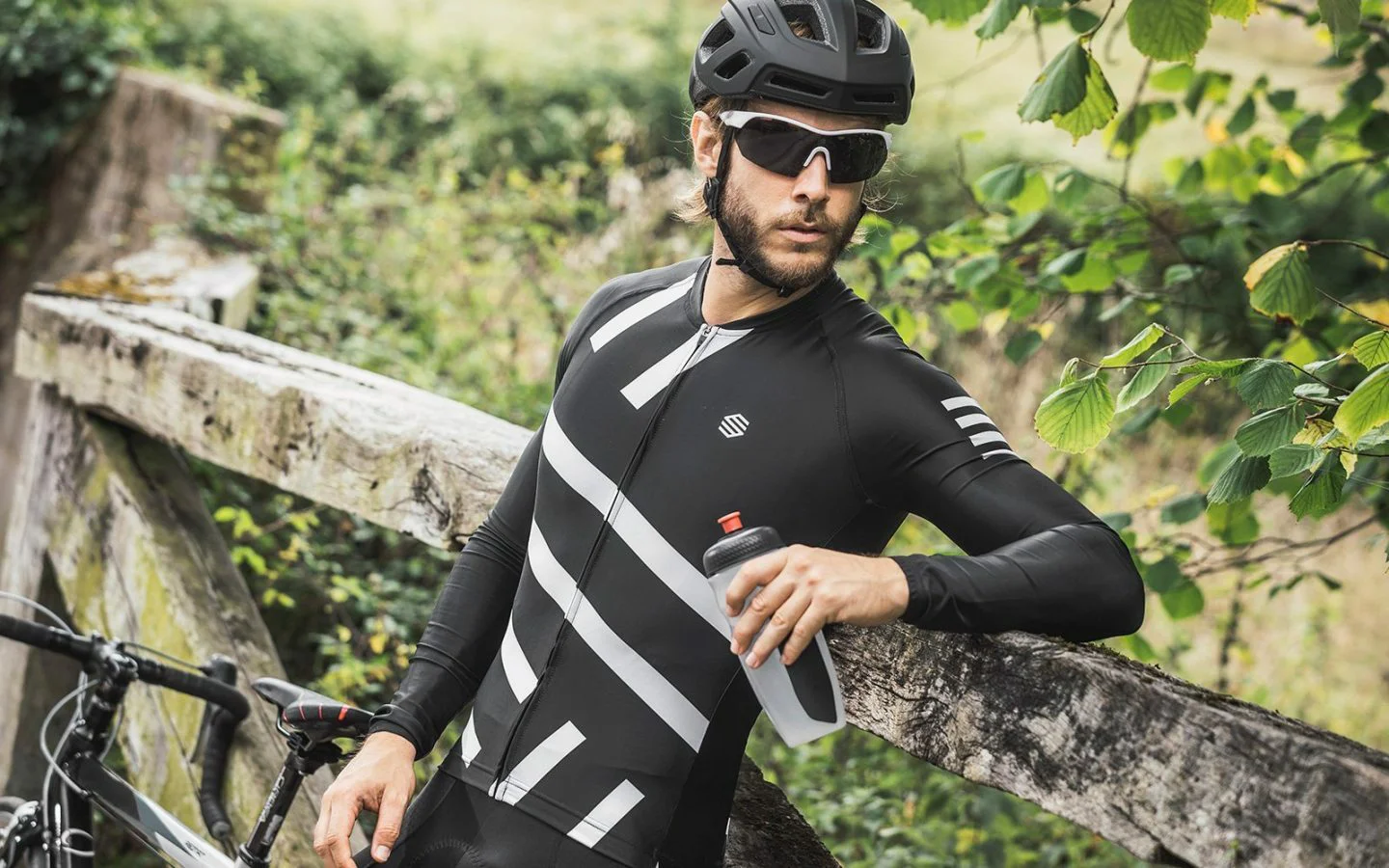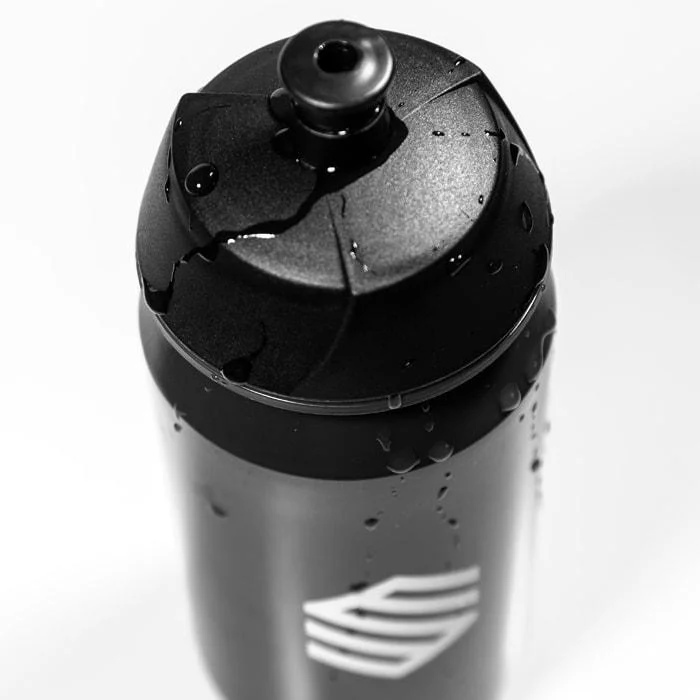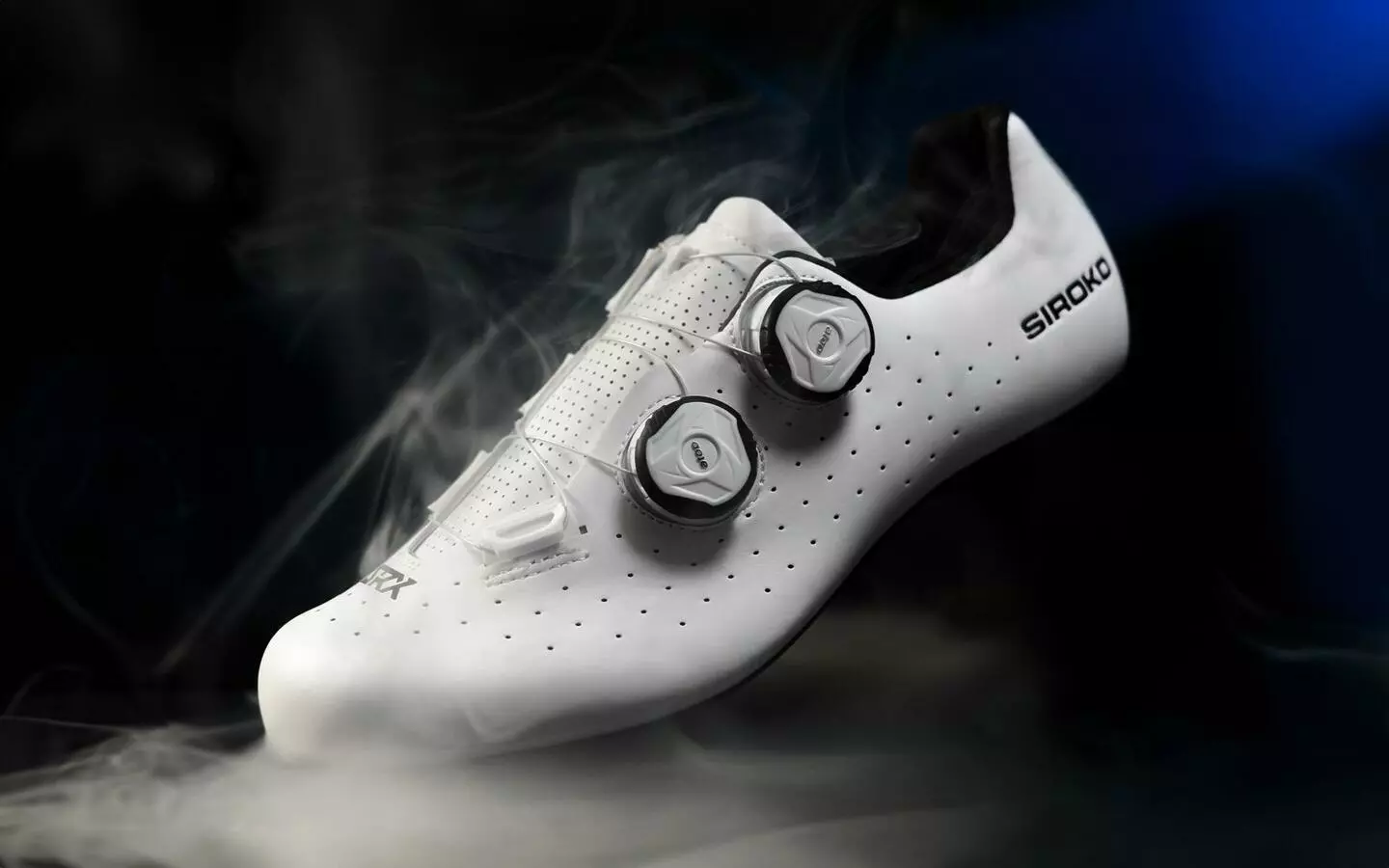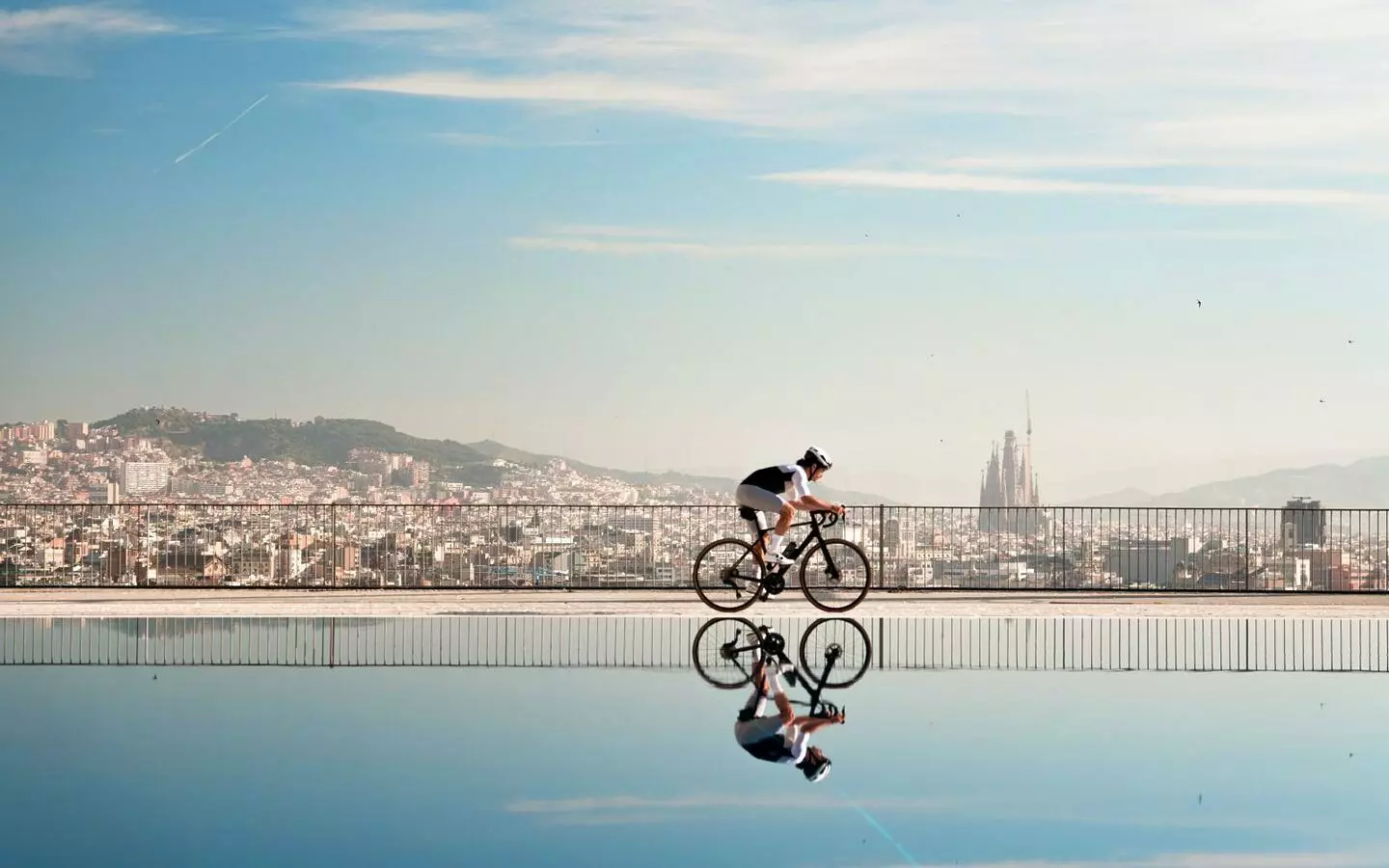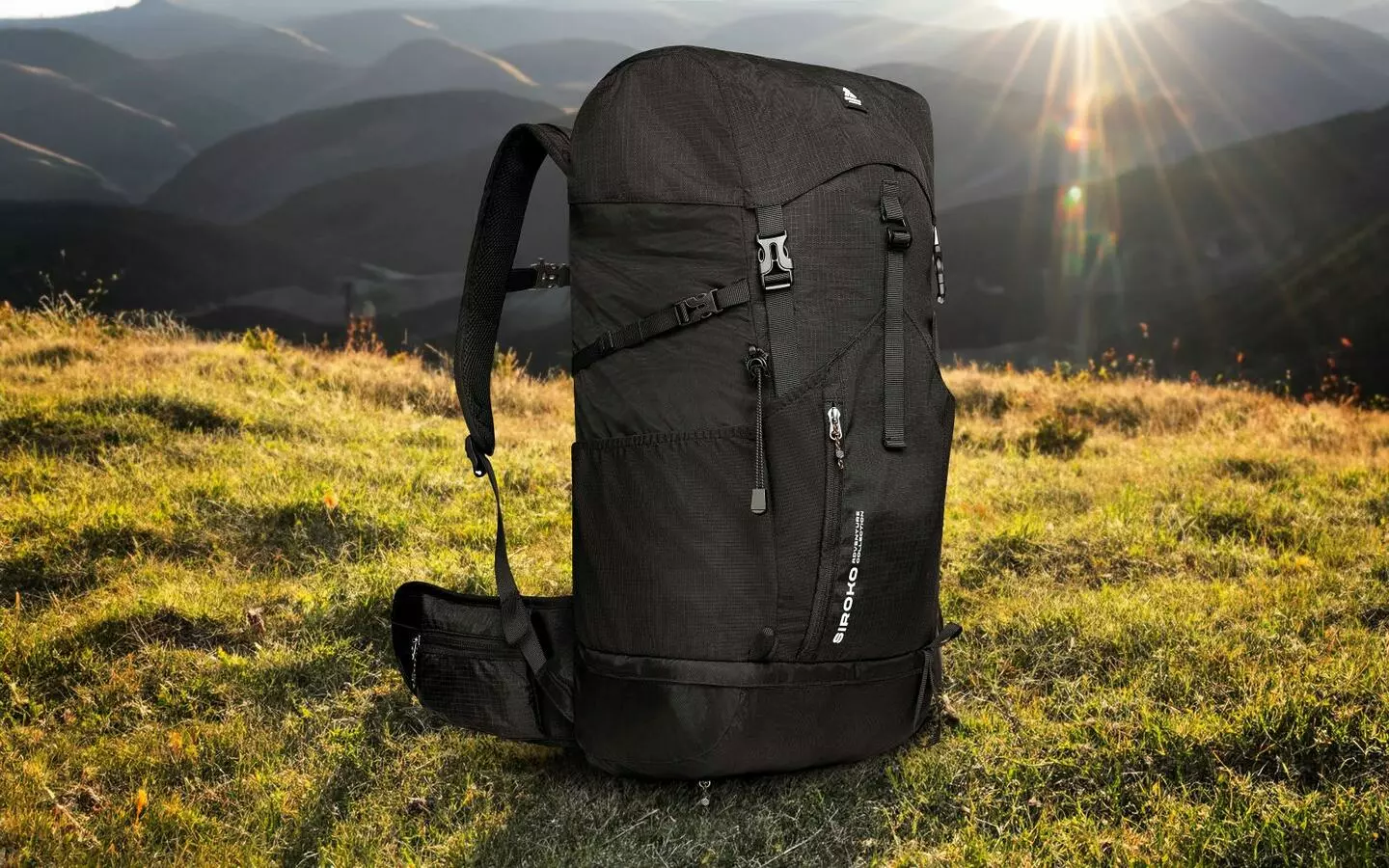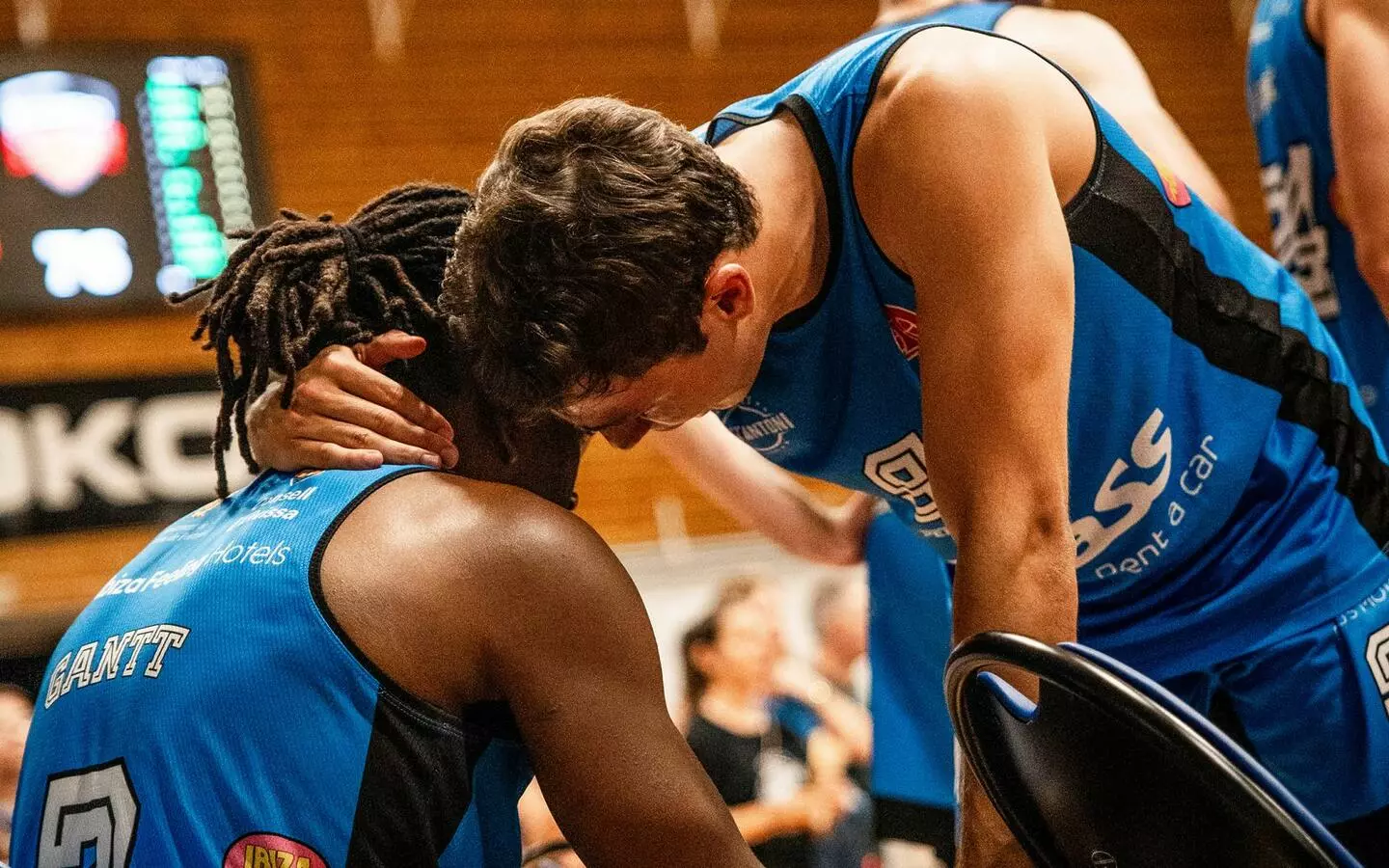The first tip we have for you is: don’t believe the myths about hydration for cyclists. To help you understand, let us give you an example of “recommendations” that you may run across when looking for information about hydration and cycling:
Don’t trust your body. You can’t rely solely on your brain to let you know you’re thirsty. It’s not enough. You can get dehydrated on the bike in 3 hours. You must drink even if you are not thirsty. You have to hydrate. Drink. A bottle every hour. Minimum. If you want to be at your best, you have to drink. Drink all the time. And not just water. Something else. This isotonic drink, and these tablets with salts. Buy these powder drink mixes, they’re the ones the pros use.
But, the pros also drink mini-cans of Cola and in Sagan’s team, they drink beer after finishing the Tour.
Well, soft drink producers and beer brands also want to convince us about the “benefits” of their products.
We are told that we have to drink because our performance would be affected if we lose 2-3% of our body weight from sweating. Well then, how to explain the results of this study on the famous Ethiopian athlete Haile Gebrselassie? He was weighed before and after winning the 2009 Dubai Marathon in 2:05:29. He had lost 9.8% of his weight during the race. His performance was clearly not impaired.
There are many cases of elite athletes who win competitions exceeding that 2-3% loss, reaching the limit of what some call dehydration. Is this advisable for a beginner cyclist or an amateur cyclist who is competing in a race? NO. It is dangerous to tell a cyclist not to drink and that dehydration will make them lose weight and go faster. It is also dangerous (and potentially deadly) to tell the same cyclist that they must drink before, during and after cycling even if they are not thirsty. Given the water availability at all times, the risk of hyponatremia is greater than the risk of dehydration.
Although we are led to believe otherwise, our body and brain are highly-evolved machines. During exercise, we burn fuel (carbohydrates, fats or proteins). In consequence, we generate two products: CO2, which we expel when exhaling and therefore reduce its amount in our organism, and water, which then goes into our body. There’s also a ~500 grams glycogen reserve (muscle and liver). Per each gram of glycogen there is between 1 and 3 grams of water. When we start cycling we use this glycogen and release around 0.5 – 1.5 L of water into our body to be used internally.
All this scientific mumbo-jumbo serves to debunk the myth of hydration prevailing over thirst. Of course, the advice is not to stop hydrating completely. Trust your body and your brain. Drink when you are thirsty.
The second tip is that there is no universal advice on hydration because it depends on the type of ride or training you are going to do, the outside temperature, whether you are a beginner or a seasoned cyclist, etc. However, you can always stick to these general guidelines for moderate-intensity workouts on days when it is not too hot:
Short-length ride: 1 hour and a half at the most – 1 bidon of water is enough.
Medium-length ride: Between 1.5 and 3 hours – Two bidons. If you only carry one, make sure that you can make a stop along the route to refill it at a drinking water fountain or a café/bar/restaurant. Pros usually have one bidon with water and another one with something else. There are cyclists who carry two bidons with water and consume carbohydrates and salts with food. Others carry one bidon with salts and one with carbs. Whatever you prefer and whatever works for you, but don’t experiment in a competition or on a new route. Tests are best done on known ground and close to home.
Long-length ride: 3+ hours – Same as above but in this case, whether you are carrying two bidons or just one, make sure there will be at least one pit stop for a refill. If you think you might forget to drink or that the stress on a route or in a race might stop you from paying attention to your body’s signals, set an alarm on your cell phone or cycling computer every 20 minutes.This will remind you that there’s a good reason why you are carrying two bidons. The same goes for food.
The outside temperature. When it’s over 25 ºC – 77 ºF and no wind to cool our body down, we should pay even more attention to the thirst sensation and make sure we have enough liquids for the route.
If it’s very hot, put the bidon in the freezer without filling it all the way up since water increases its volume as it freezes. Take it out half an hour before leaving for the frozen content to thaw.
We sweat in winter as well. The body is cooled by sweat and if you wear a lot of clothes, the body will sweat more in order to cool down and maintain the correct temperature. Therefore, please follow the recommendations above in this case as well.
Do not drink large amounts of liquids all at once. As we have already mentioned, if you hydrate too much, the consequences can be serious. It is best to take small sips according to our thirst sensation.
Our advice is to drink water because our bodies naturally consist of around 60% water. It is the best liquid to cool down and get hydrated. If in addition to drinking water, you consume it in food, that’s even better. Around 20% of the water we drink each day comes from food, especially fruits and vegetables. Choose plant-based foods to get hydrated before and after cycling, they are a great source of mineral salts we need to replace after a workout. Take a look at 10 ideas to recharge your internal batteries after cycling.
What about powder drink mixes or other types of drinks? As we have already mentioned, in addition to water you can use salts or carbohydrates during exercise; just remember that they won’t magically enhance your performance. We are not going to tell you that you can’t have a soda or a beer after a race or a route; neither are we going to recommend beer or any other alcoholic beverage, claiming they’ll boost your recovery. Do it because you enjoy it, in moderation and bearing in mind that alcohol consumption has its associated risks and that sugary soft drinks are one of the main causes of obesity in the western world.
The last tip is about bidons. In this study, various reusable drinking containers, such as cycling bidons, were analyzed and an alarming number of bacteria were discovered inside. Exactly 161,971 colony-forming units per square centimeter (CFU/sqm); in comparison, an average pet bowl has 47,383 CFU. Therefore, do wash your bidons after each use, check and change them every so often, as dirt tends to accumulate in the most hard-to-reach places and they can easily become a breeding ground for bacteria.
How to wash the bidons?
Sterilization is the only way to kill bacteria and other microorganisms. If it means reaching very high temperatures, it’s best not to use sterilizers for cycling bidons. You can choose other products or methods of sterilization, i.e. those used for disinfecting baby bottles and accessories.
The bidon should be washed right after the ride with hot water and soap. Pay special attention to the nozzle. Rinse and dry well. Do not use the dishwasher if you are going to use a wash cycle at more than 40º C.
You can also consider products used to sanitize fruits and vegetables or add a few drops of food grade bleach (1.5 ml of bleach per 1 liter of water). Leave the solution to react for a few minutes and then rinse the bidon thoroughly. Make sure you maintain the correct proportion of bleach and water.
Disinfectant tablets for reusable bottles are another alternative. There are many options and brands, but the easiest way is to simply wash the bidon by hand after each ride. Keep in mind that it is an accessory that will not last forever; at some point you will have to replace it, but the more you take care of it, the longer it will last. It’s common sense, just like drinking when you’re thirsty.
